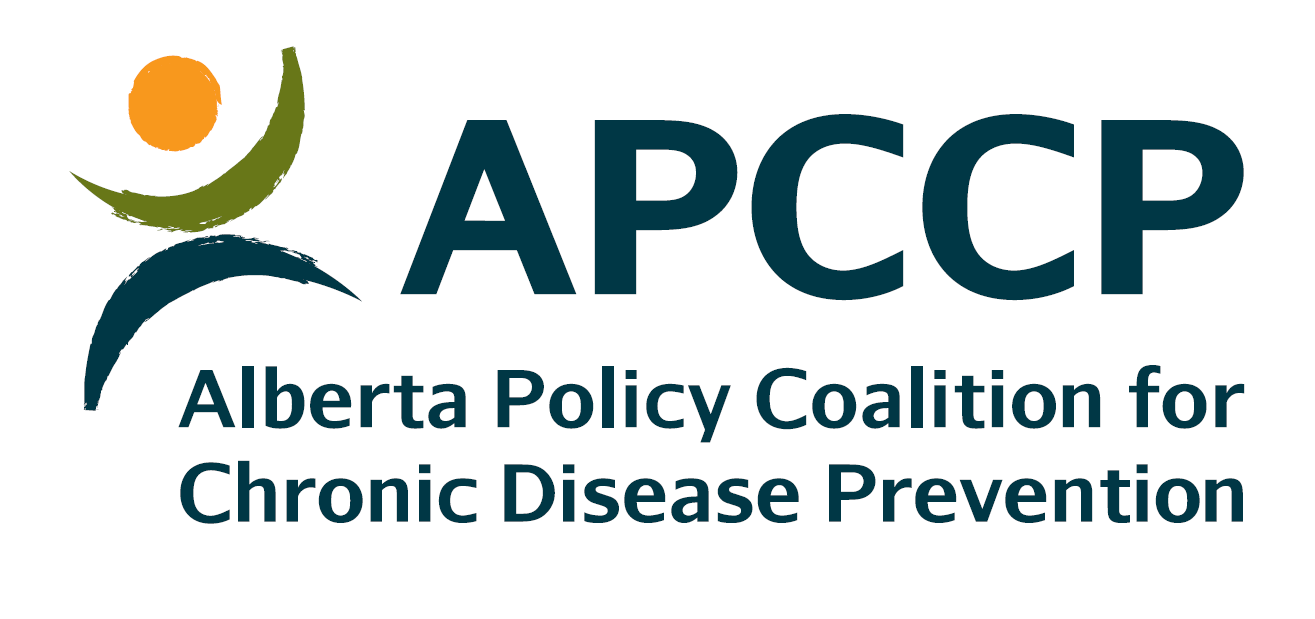Learning Objective #3:
Consider best practices for working with community stakeholders
What helped other communities?
Using a strengths-based, capacity-building approach:
- The process of developing a Community Nutrition Report Card can strengthen existing community relationships and build new partnerships. We encourage you to think about the relationships in your community that are vital for promoting healthy food environments and aim to strengthen these connections throughout the process! We’ll give you a few tips to do this along the way.
- It’s important to recognize the great work that’s already being done in your community! Where possible, we suggest that recommendations focus on enhancing existing community programs.
- The language that you use and how you approach the process of creating a Community Nutrition Report Card is essential! Food is part of so many aspects our lives, whether for social gatherings, celebrations, or time-honoured traditions. Approaching discussions about food with sensitivity can increase trust and elicit honest discussions about how to incorporate healthier choices. For example, you may want to ask community stakeholders how the recommendations may be received and if wording changes are needed.
I think often times when I’m working with schools, and we’re trying to support healthy eating, I always feel like I have to be really careful and sensitive with the language that I use and really just try to be—look at what they’re doing and praise them for the positive, but then just sort of sneak in some suggestions just to improve it.
Engaging a diverse group of community stakeholders
We suggest:
- Engaging at least one representative from each setting of interest helps with creating the Community Nutrition Report Card. Not only does the whole process go more smoothly, but their participation may increase their commitment to making changes.
I think we’re going to get more commitment for action in communities where there was more diverse data collection. If everybody’s willing to put time into collecting data — and it’s not just the dietitian collecting data — then it shows more buy-in for the project right from the start.
- Creating multiple ways for community stakeholders to participate. Community stakeholders do not need to participate in the entire process. There are opportunities for participation at each step in the process. For example, community stakeholders can help create recommendations even if they are not involved in data collection.
- Working as a team to collect, interpret and share the data
- The process of creating Community Nutrition Report Card is meant to be collaborative!
- Maintain regular communication between your community group members while creating the Community Nutrition Report Card. Before you begin, be sure to outline roles and expectations!
In the past, our community group often asked me about ideas for creating healthier eating environments. So, I’d talk a bit and share a few resources, but nobody was really working on it with me – which was tough because I’m only one person, and I don’t live in the community. So, until people started to put it on their agenda, and until we had tangible to-dos, it wasn’t really getting addressed. So, I do feel that healthy eating has gained a way bigger profile because of the Community Nutrition Report Card. I feel like the committee members always supported healthy eating projects, but nobody was helping me with them. And now they’re all helping, which is lovely.
I find the most success with those one on one conversations… just encouraging them [community stakeholders] to contact me… And I think the more you have that connection back and forth, the more you can kind of make people aware that, ‘yeah, these are partners that can help.’ So, it’s making them aware of the need for change and the changes that need to happen, but also making them aware of supports that can help them in that process.
Are we ready to begin?
Before you get started, make sure all stakeholders are on board:
- Is your community group interested in improving nutrition in child-relevant settings?
- Decide which settings should be included from the following:
- Schools
- Childcares
- Recreation facilities
- Public buildings (e.g. hospitals, government buildings)
- Restaurants
- Grocery stores
- Community resources
- Local government
- Do you have stakeholders representing each setting of interest? If not, do you have contacts within these settings to connect with to see if they would like to be involved?
- Are each of the stakeholders willing to commit time and effort to the process?
- Discuss who is responsible for collecting data from each setting.
- Splitting the data collection amongst the group decreases individual workload and allows for the inclusion of more perspectives – two things that can make the process a lot smoother and more effective, especially when it comes to creating recommendations.



